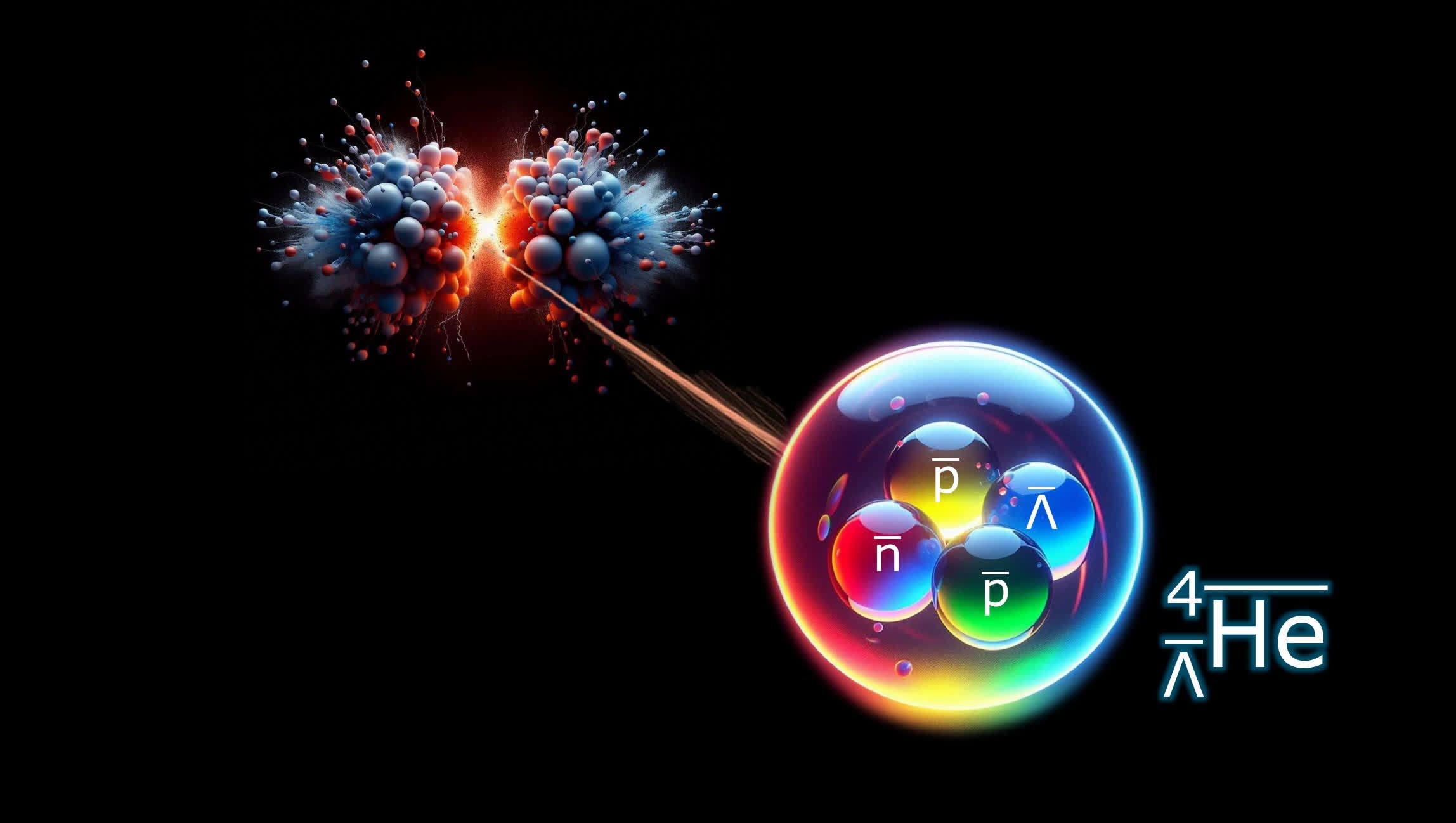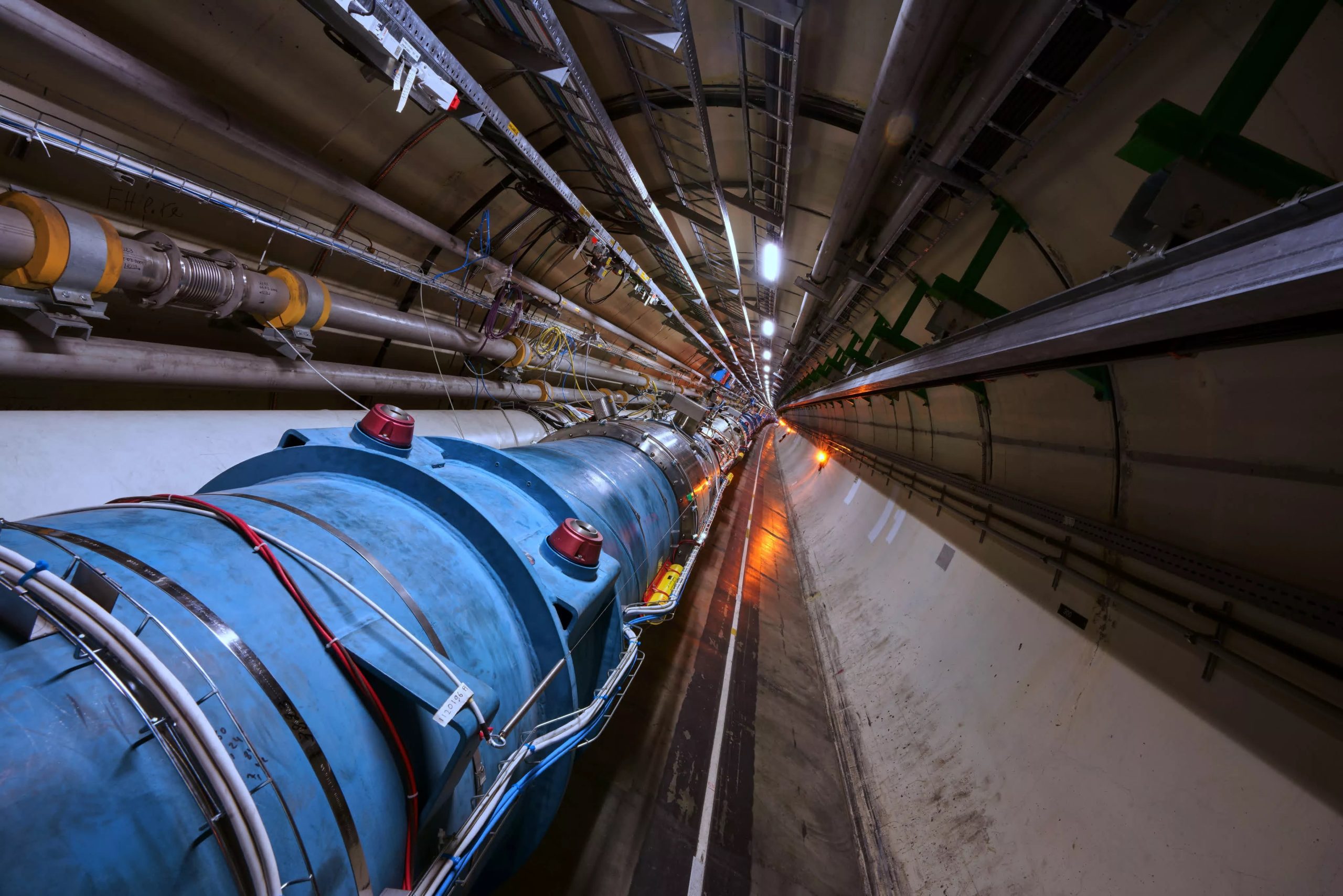
See Full Size
What is this Antihyperhelium-4?
Antihyperhelium-4, iki antiproton, an antineutron ve from subatomic quarks It contains an unstable particle called antilambda. In short, it can be described as an exotic antipartite of the substance called hyperhelium-4. The experiment that made the discovery possible was carried out at the LHC in 2018 by colliding lead ions at a speed close to the speed of light. This collision recreated the extremely hot conditions at the birth of the universe.
See Full Size
A big question still awaits solution
According to scientists who state that the universe was formed as a result of the Big Bang, matter and antimatter should have existed in equal amounts immediately after this event. Since antipairs always annihilate each other, all matter and antimatter would have to decay into pure energy. Somehow, it is emphasized that a universe was formed where normal matter dominated and a very small amount of antimatter survived.
According to the CERN experiment, matter and antimatter were formed in equal proportions. So, how was the matter-antimatter balance disrupted? Finding an answer to this question is considered one of the biggest riddles of physics. Antihyperhelium-4 and similar discoveries may play a critical role in unraveling this mystery.
This news our mobile application Download using
You can read it whenever you want (even offline):





